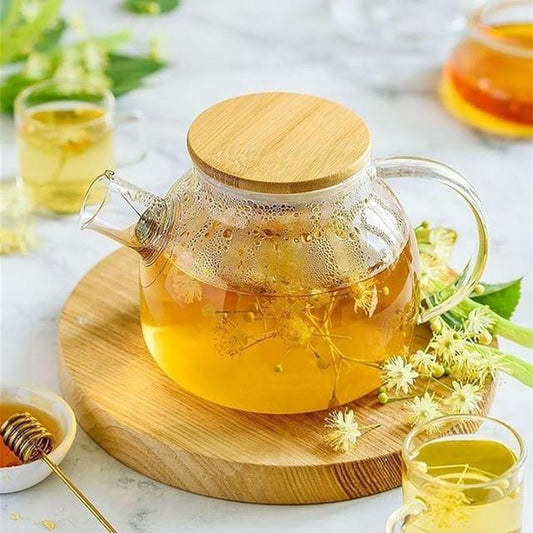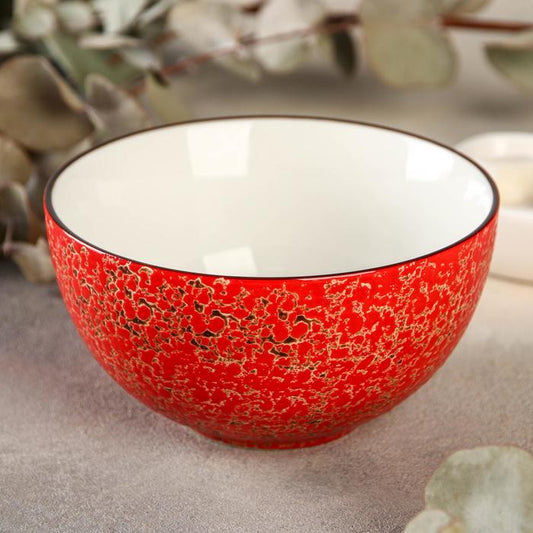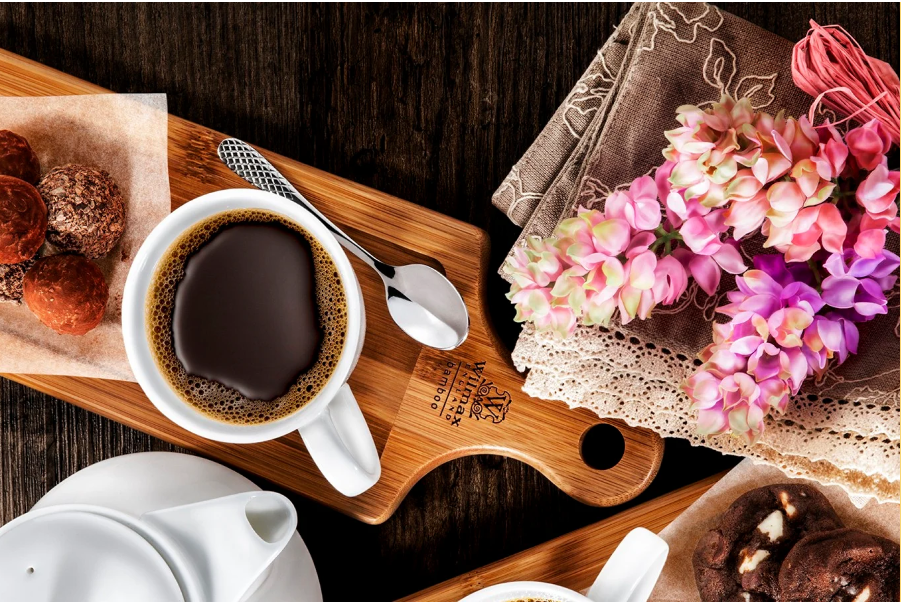Crispy, tangy, layered flavors are moving upscale as chefs turn street favorites into culinary art.

Indian Street Snacks Go Gourmet: From Chaat to Fine Dining
Crispy, tangy, layered flavors are moving upscale as chefs turn street favorites into culinary art.
In India, food is not just nourishment — it’s theater. From the rhythmic sizzle of a tawa to the chorus of horns in the street, the experience of eating chaat or pani puri has always been multisensory. But now, those same roadside delights are being reimagined by Michelin-starred chefs and boutique restaurants worldwide. The result? A delicious reinvention where humble snacks meet haute cuisine.
The Global Journey of Indian Street Food
For decades, Indian cuisine outside its homeland was largely defined by butter chicken and naan. But a new culinary wave is reshaping perceptions. Across cities like London, New York, and Dubai, street snacks like chaat papdi, vada pav, and pani puri are being elevated to art form. These dishes, rooted in chaos and comfort, are now finding expression in minimalist plating and molecular gastronomy. Instead of being served from roadside carts, they’re arriving in crystal bowls, garnished with microgreens, and paired with spiced craft cocktails.
The transformation isn’t about gentrifying street food — it’s about celebrating it. Chefs are capturing the essence of the bazaar — the heat, the crunch, the surprise — and translating it into experiences that fit the language of modern dining. A chaat may now come topped with tamarind gel spheres and smoked yogurt foam, yet the first bite still carries the same joyful explosion of sweet, sour, and spicy chaos.
Texture, Contrast & Chaos: The Beauty of Chaat
What makes Indian street snacks irresistible — and so easily adaptable to fine dining — is texture. Every element, from crisp puri shells to creamy potatoes and tangy chutneys, is designed for contrast. The balance of hot and cold, crisp and soft, sweet and sharp, creates a complexity that rivals the most refined French amuse-bouches.
Chefs like Gaggan Anand in Bangkok or Manish Mehrotra in Delhi have long showcased how chaat can embody both art and emotion. Now, even smaller boutique restaurants in Los Angeles or Amsterdam are following suit — introducing diners to “deconstructed” chaats, keema sliders on brioche, or pav bhaji served with truffle butter buns.
The Fine Dining Transformation
The modern interpretation of Indian street snacks goes beyond the plate. Presentation is key. Minimalist marble platters replace paper plates, hand-thrown ceramics replace plastic cups, and the vibrant chaos of Indian streets becomes a curated aesthetic of organized imperfection. In luxury restaurants, chaat is often served as an opening act — playful, unexpected, and interactive — breaking the ice between guests as they assemble their own bites with chutney drops and edible flowers.
At Gymkhana in London or Dhamaka in New York, chefs are blending old and new: sourcing traditional spices from Indian farms while using European techniques to refine textures and temperature contrasts. The global diner’s palate has evolved — and Indian street food has become its muse.
The Storytelling Behind Every Bite
Food trends today are as much about narrative as they are about flavor. The rise of gourmet Indian street snacks fits perfectly into this movement — each dish carries the weight of culture, history, and personal memory. Diners aren’t just eating chaat; they’re tasting the rhythm of Mumbai, the chaos of Chandni Chowk, the scent of monsoon rain. And yet, the presentation allows them to feel as if they’re part of something modern, elegant, and exclusive.
It’s this blend — emotional authenticity and aesthetic sophistication — that gives the movement staying power. Unlike fleeting food fads, Indian street snacks offer an eternal playground for chefs: endlessly customizable, vividly flavored, and steeped in meaning.
Spice Meets Sophistication
The new generation of chefs isn’t toning down spice — they’re amplifying it with precision. Controlled heat, layered acidity, and contrasting coolness from yogurt or mint are treated with the same respect as a sommelier treats tannins in wine. Chutneys are no longer condiments — they’re sauces to be aged, smoked, and balanced like perfumes.
The same applies to presentation. A modern chaat may feature chili caviar pearls or tamarind air foam, but its core remains soulful. This union of traditional soul and experimental craft is what makes Indian flavors global without losing their roots.
The Future of Indian Flavor
As diners continue to seek experiences that are immersive, story-driven, and globally connected, the Indian street snack renaissance shows no signs of slowing. Expect more “chaat bars,” “pani puri flights,” and tasting menus that highlight regional specialties from Gujarat to Bengal. Even fast-casual chains are experimenting with gourmet samosas, fusion dosa tacos, and chaat-inspired salads.
In the end, this movement is about more than food. It’s a reminder that creativity doesn’t come from exclusivity — it comes from the street. And the world’s most innovative kitchens are finally listening to the noise, flavor, and color of India’s lanes — and turning them into global gold.
Share:





